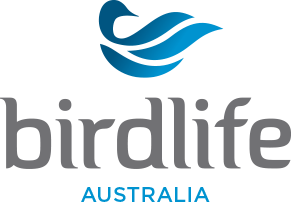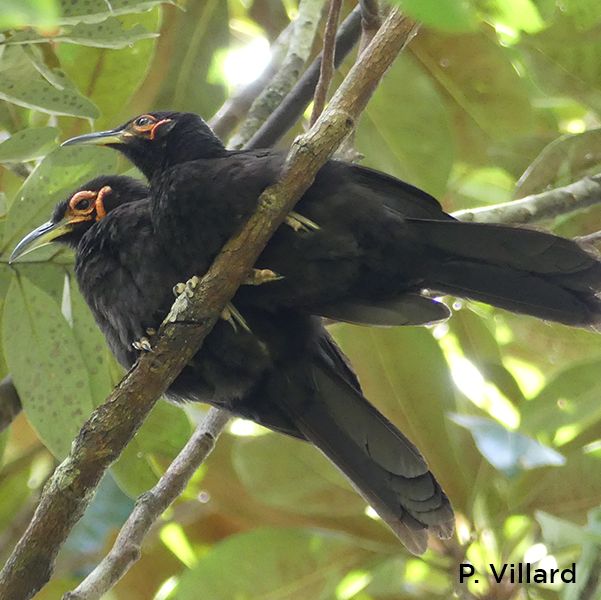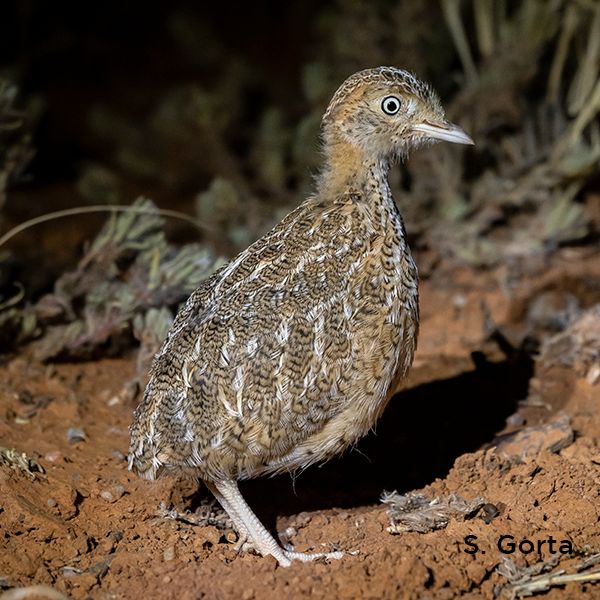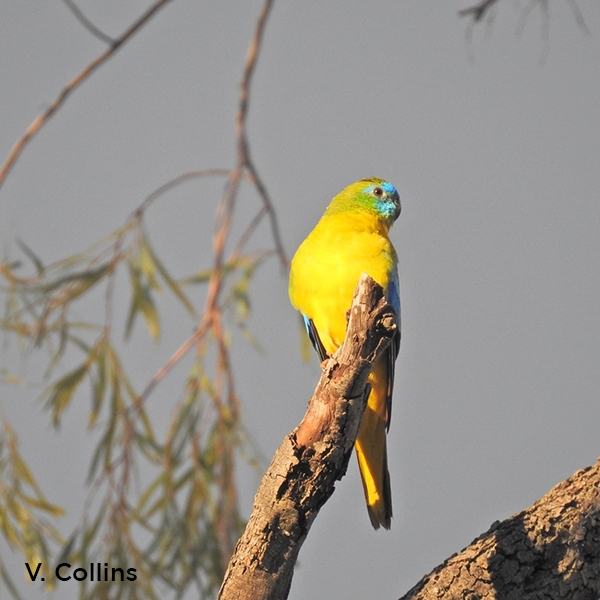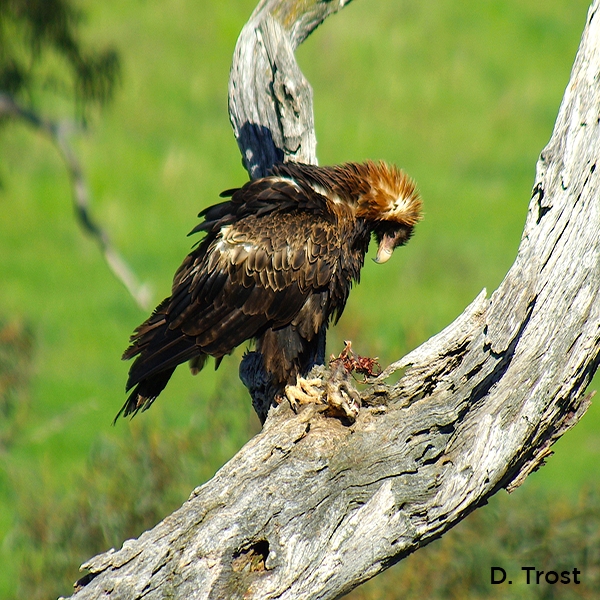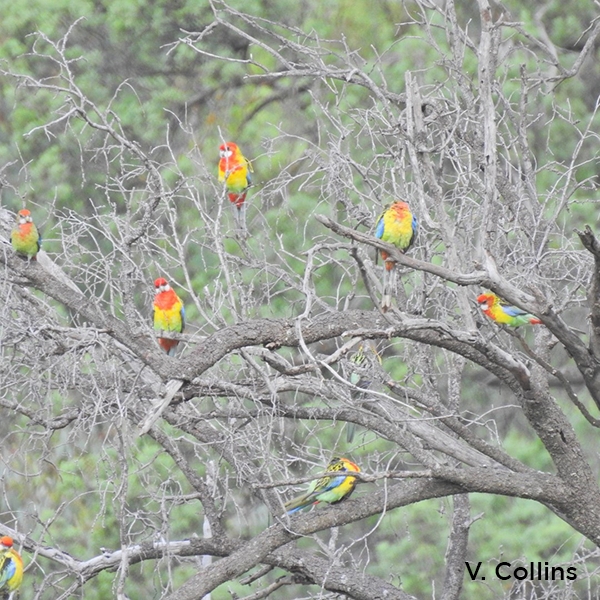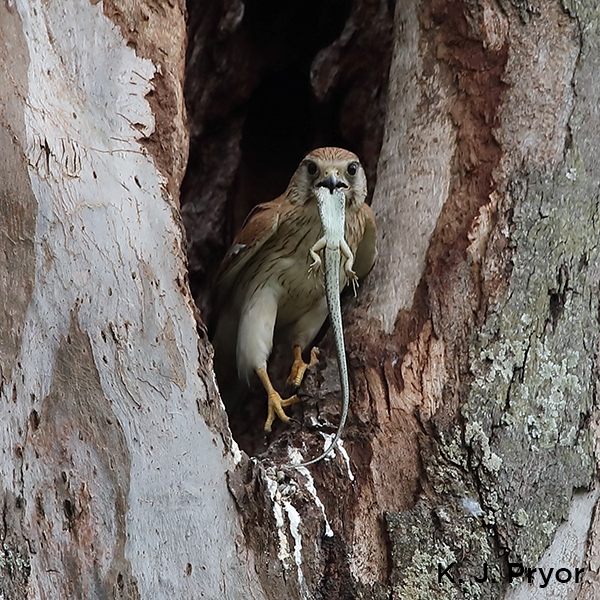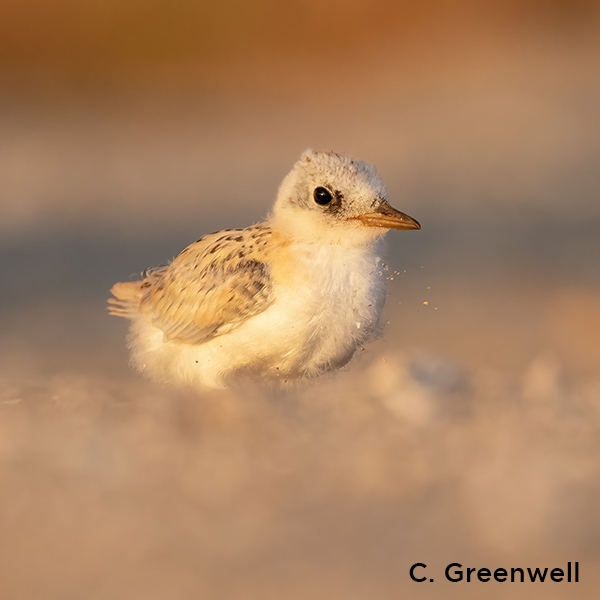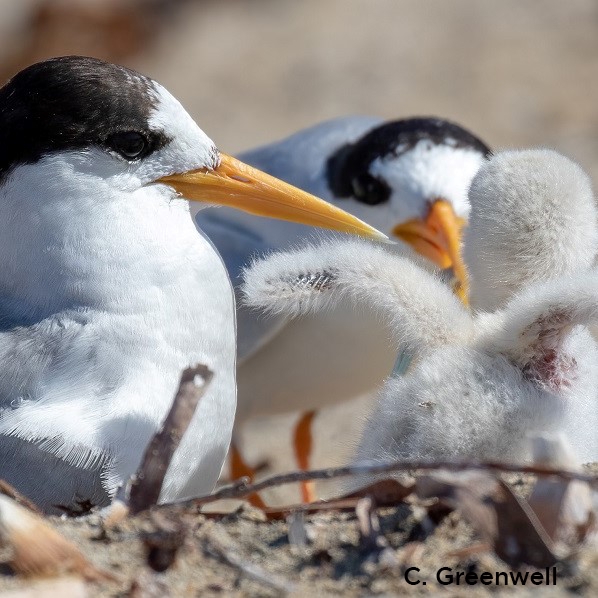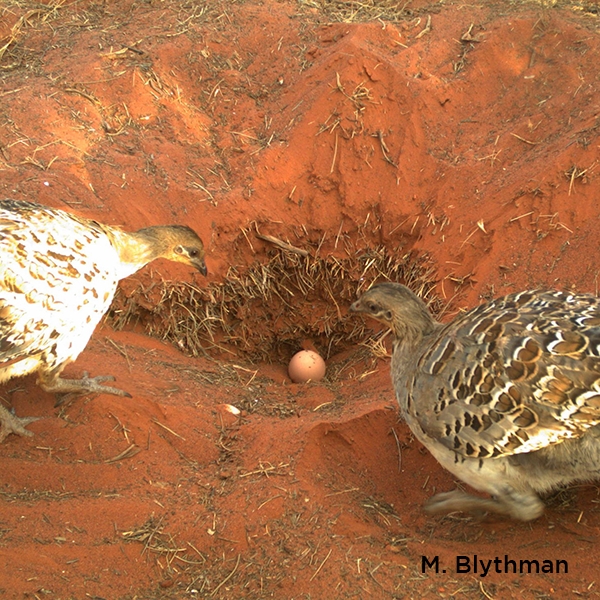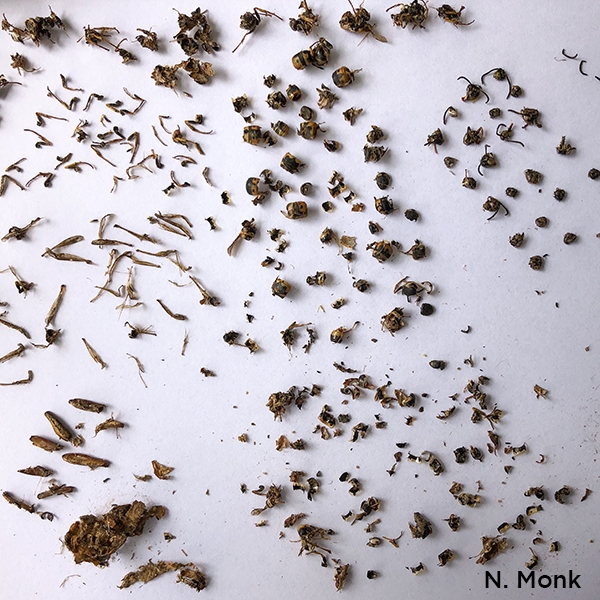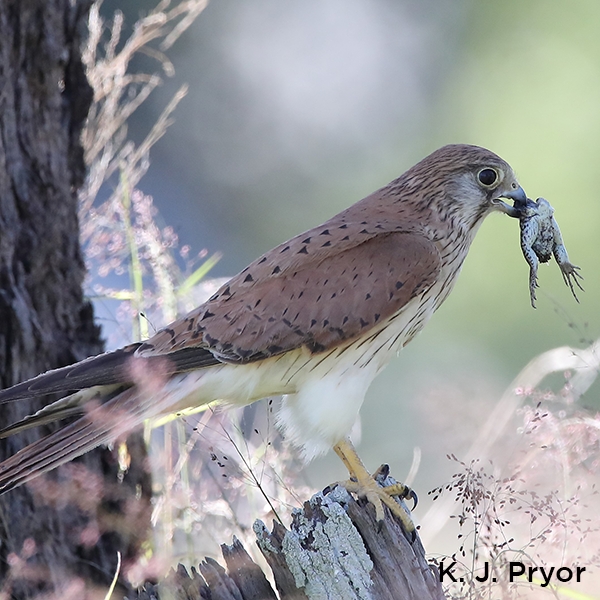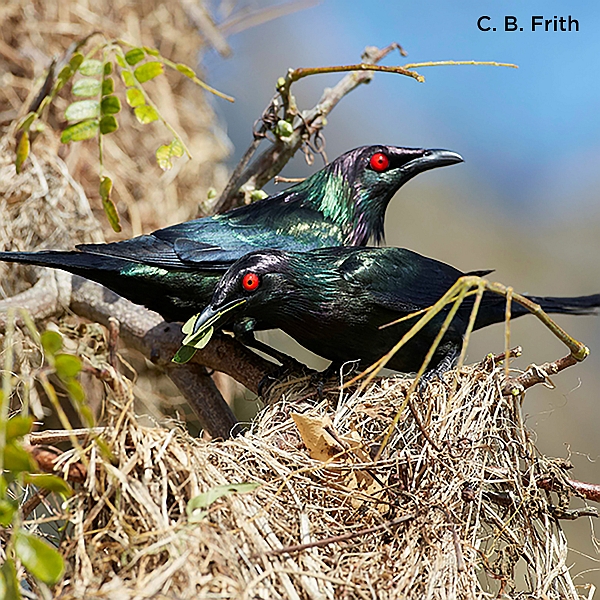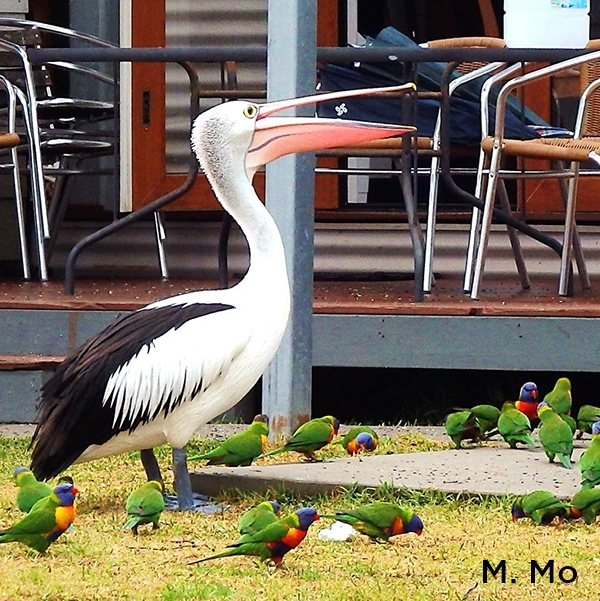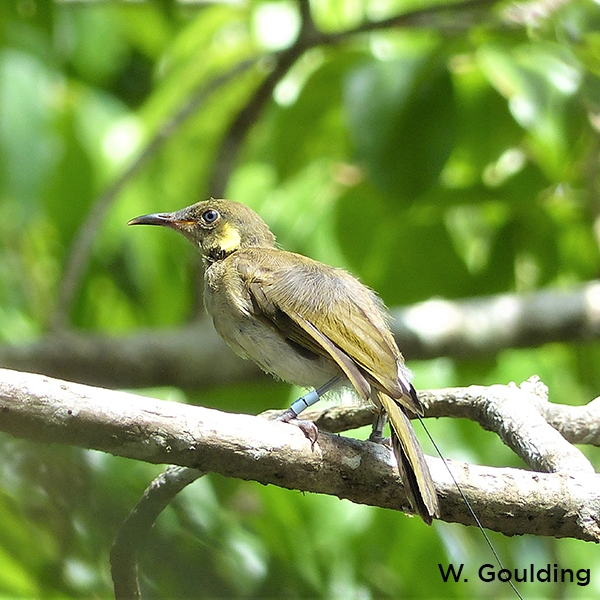Modelling wetland habitat preferences of Lewin’s Rail Lewinia pectoralis pectoralis near Melbourne in southern Victoria
Bernadette Schmidt, Darren G. Quin, William K. Steele
pp. 136-145
Abstract
Comparatively little is known of the habitat requirements of the Vulnerable Eastern Australian Lewin’s Rail Lewinia pectoralis pectoralis and, currently, urban planning possibly overlooks the presence of this, and other, cryptic species of marsh bird. We used logistic regression analysis to identify the preferred habitat attributes of Lewin’s Rail, and developed a simple predictive model to assess the suitability of wetland habitats for this species. The 31 sites selected included wetlands where Lewin’s Rail was known to have occurred and other wetlands where the species was seemingly absent. We measured landscape variables and fine-scale habitat attributes at each of these wetland sites. We used the information-theoretic approach to model the data and ranked the models based on the second order Akaike’s Information Criterion, corrected for small sample size (AICc). In general, the best-fit models indicate that low, dense vegetation and the abundance of shrubs in adjoining vegetation are the most useful baseline indicators of the presence of Lewin’s Rail. Results suggest that even apparently degraded wetlands in urbanised landscapes can provide habitat for this species. The model provides a means of assessing the likelihood of occurrence of Lewin’s Rail at any wetland, and will allow assessment of habitat suitability and potential impacts of disturbance to be made with increased confidence by conservation and urban planners through the identification of specific areas where detailed on-ground survey is warranted.
References
ANCA (1996). Directory of Important Wetlands in Australia. Australian Nature Conservation Agency, Canberra.
Anderson, D.R., Burnham, K.P. & Thompson, W.L. (2000). Null Hypothesis testing: Problems, prevalence, and an alternative. Journal of Wildlife Management 64, 912–923.
Antos, M.J., Ehmke, G.C., Tzaros, C.L. & Weston, M.A. (2007). Unauthorised human use of an urban coastal wetland sanctuary: Current and future patterns. Landscape and Urban Planning 80, 173–183.
Barrett, G., Silcocks, A., Barry, S., Cunningham, R. & Poulter, R. (2003). The New Atlas of Australian Birds. Royal Australasian Ornithologists Union, Melbourne.
BirdLife Australia (2017). The Birdlife Australia Working List of Australian Birds, Version 2.1. Available online: http://www.birdlife.org.au/documents/BWL-BirdLife_Australia_Working_List_v2.1.xlsx (retrieved 11 June 2018).
BirdLife International (2016). Lewinia pectoralis. The IUCN Red List of Threatened Species 2016: e.T22692521A93357101. Available online: http://dx.doi.org/10.2305/IUCN.UK.2016-3.RLTS.T22692521A93357101.en (retrieved 11 June 2018).
Boon, P.I., Allen, T., Brook, J., Carr, G., Frood, D., Harty, C., Hoye, J., McMahon, A., Mathews, S., Rosengren N., Sinclair, S., White, M. & Yugovic, J. (2011). Mangroves and Coastal Saltmarsh of Victoria: Distribution, Condition, Threats and Management. Institute for Sustainability & Innovation, Victoria University, Melbourne.
Burnham, K.P. & Anderson, D.R. (2001). Kullback-Leibler information as a basis for strong inference in ecological studies. Wildlife Research 28, 111–119.
Burnham, K.P. & Anderson, D.R. (2002). Model Selection and Multimodel Inference. A Practical Information-Theoretic Approach. 2nd edn. Springer, New York.
Corrick, A.H. & Norman, F.I. (1980). Wetlands of Victoria 1. Wetlands and waterbirds of the Snowy River and Gippsland Lakes Catchment. Proceedings of the Royal Society of Victoria 91, 1–15.
Desgranges, J., Ingram, L., Drolet, B., Morin, J., Savage, C. & Borcard, D. (2006). Modelling wetland bird responses to water level changes in the Lake Ontario–St. Lawrence River hydrosystems. Environmental Monitoring and Assessment 113, 329–365.
DSE (2007a). Atlas of Victorian Wildlife. Victorian Flora and Fauna Databases. Department of Natural Resources & Environment, Melbourne.
DSE (2007b). Ecological Vegetation Class Mapping. Department of Sustainability & Environment, Melbourne.
DSE (2013). Advisory List of Threatened Vertebrate Fauna in Victoria 2007. Department of Sustainability & Environment, Melbourne.
Ecology Australia (2005). Trialling Survey Methods for Lewin’s Rail: Non-breeding Season. Unpubl. report to Melbourne Water by Ecology Australia Pty Ltd, Melbourne.
Ecology Australia (2006). Lewin’s Rail: Breeding Season Survey. Unpubl. report to Melbourne Water by Ecology Australia Pty Ltd, Melbourne.
Elliott, G., Walker, K. & Buckingham, R. (1991). The Auckland Island Rail. Notornis 38, 199–209.
Emison, W.B., Beardsell, C.M., Norman, F.I., Loyn, R.H. & Bennett, S.C. (1987). Atlas of Victorian Birds. Department of Conservation, Forests & Lands and Royal Australasian Ornithologists Union, Melbourne.
Fielding, A.H. & Bell, J.F. (1997). A review of methods for the assessment of prediction errors in conservation presence/absence models. Environmental Conservation 24, 38–49.
Garnett, S.T. & Crowley, G.M. (2000). The Action Plan for Australian Birds 2000. Environment Australia, Canberra.
Garnett, S., Szabo, J. & Dutson. G. (2011). The Action Plan for Australian Birds 2010. CSIRO, Canberra.
Gibson, J. (2017). Habitat Selection and Calling Activity of Lewin’s Rail (Rallus pectoralis pectoralis). MSc thesis. Queensland University of Technology, Brisbane.
Harding, C. & Callister, K. (2005). Corangamite Wetland Inventory. School of Science and Engineering, University of Ballarat, Ballarat, Vic.
Harrell, F.E. (2001). Regression Modelling Strategies with Applications to Linear Models, Logistic Regression and Survival Analysis. Springer-Verlag, New York.
Ihaka, R. & Gentleman, R. (1996). R: A language for data analysis and graphics. Journal of Computational and Graphical Statistics 5, 299–314.
Lor, S. & Malecki, R.A. (2006). Breeding ecology and nesting habitat associations of five marsh bird species in western New York. Waterbirds 29, 427–436.
Mac Nally, R. (2000). Regression and model-building in conservation biology, biogeography and ecology: The distinction between – and reconciliation of – ‘predictive’ and ‘explanatory’ models. Biodiversity and Conservation 9, 655–671.
Manel, S., Dias, J.M., Buckton, S.T. & Ormerod, S.J. (1999). Alternative methods for predicting species distribution: An illustration with Himalayan river birds. Journal of Applied Ecology 36, 734–747.
Marchant, S. & Higgins, P.J. (Eds) (1993). Handbook of Australian, New Zealand & Antarctic Birds. Volume 2: Raptors to Lapwings. Oxford University Press, Melbourne.
McMahon, A.R.G. & Franklin, D.C. (1993). The significance of Mountain Swamp Gum for Helmeted Honeyeater populations in the Yarra Valley. Victorian Naturalist 110, 230–237.
Milledge, D. (1972). The birds of Maatsuyker Island, Tasmania. Emu 72, 167–170.
PPWCMA (2004). Port Phillip and Western Port Regional Catchment Strategy 2004-2009. Port Phillip and Western Port Catchment Management Authority, Frankston, Vic.
Quinn, G.P. & Keough, M.J. (2002). Experimental Design and Data Analysis for Biologists. Cambridge University Press, Cambridge, UK.
Quinn, D. & Lacey, G. (1999). Birds of French Island Wetlands. Spectrum Publications, Melbourne.
Seaman, R.L. (2003). Coorong and Lower Lakes Habitat Mapping Program. Conservation Programs, Department for Environment & Heritage, South Australia.
SPSS (1998). SPSS for Windows, 11.5. SPPS Inc. McGraw Hill, New York.
Walsh, C. & Mac Nally, R. (2003). The hier.part package, version 0.5–1.0. Hierarchical Partitioning. Documentation for R, R Foundation for statistical computing, Vienna.
Weller, M.W. & Spatcher, C.S. (1965). Role of Habitat in the Distribution and Abundance of Marsh Birds. Agricultural and Home Economic Experimental Station. Special Report 43. Iowa State University, Ames, Iowa, USA.
Znidersic, E. (2017). Camera traps are an effective tool for monitoring Lewin’s Rail (Lewinia pectoralis brachipus). Waterbirds 40, 417–422.
